توضیحات
آزمونهای تشخیصی ارتوپدی
هفتمین ویرایش کتاب Orthopedic Physical Assessment (آزمونهای تشخیصی ارتوپدی) که جدیدترین ویرایش آن میباشد (سال 2020) به مطالعات و تحقیقات علمی به روز آماده شده است.
شامل نسخه جدیدی از این رویکرد – آزمونهای تشخیصی ارتوپدی با سری مطالب جدید میباشد که در این ویرایش:
- اطلاعات جیدید به سر فصلها اضافه شده است.
- تصاویر جدید سونوگرافی استفاده شده است.
- تستهای جدید روانسنجی اضافه شده است.
- مطالعات موردی جدیدی اضافه شده است.
- فرم های ارزیابی عملکرد اضافه شده است.
- کلیپهای ارزیابی اضافه شده است.
کتاب Orthopedic Physical Assessment (آزمونهای تشخیصی ارتوپدی) در نسخه جدید خود همانطور که مشخص است تغییرات اساسی و مهمی را داده است که برای خوانندگان اثر میتواند مهم باشد.
یکی از موارد اضافه شده مربوط به کلیپهای اختصاصی آزمونهای کتاب است که انتشارات مبانی این کلیپها را تهیه و در اختیار شما بزرگواران قرار داده است.
کتاب آزمونهای تشخیصی ارتوپدی حاوی 229 کلیپ اختصاصی آموزشی آزمونهای تشخیصی ارتوپدی میباشد که با استفاده از آن میتوانید نحوه عملکرد بهتر آزمونها را فرا بگیرد و در کارهای خود از آن استفاده نمائید.
بهرهمندی از دانش به روز نیازمند تسلط بر زبان انگلیسی میباشد تا بتوانیم درک صحیحی از آن را داشته باشیم. کلیپهای حاضر که آزمونهای تشخیصی ارتوپدی میباشد فهرست مطالب آن در سایت درج شده است که با مطالعه آن میتوانید به مفید بودن آن برای شما پیببرید.
بیماریهای ستون فقرات توراسیک و لومبار – آزمونهای تشخیصی ارتوپدی
معاینه فیزیکی:
در معاینه ستون فقرات توراسیک و لومبار به نکات زیر توجه کنید:
- برای معاینه بیمار باید برهنه بشد و در حالت ایستاده و خوابیده مورد معاینه قرار گیرد.
- در حالت طبیعی، در ناحیه گردن و کمر حالت تقعر و در ناحیه توراسیک حالت تحدب وجود دارد.
- در سل ستون فقرات و شکستگی در جسم مهره، تحدب قسمت کوچکی از ستون مهره افزایش مییابد و یک برجستگی به نام قوز ایجاد میشود.
- اگر انحراف جانبی و افزایش تحدب همراه با هم رخ دهند، به این حالت کیفواسکولیوز میگویند که نمونهای از آن در بیماری نوروفیبروماتوز دیده میشود.
- در اسپوندیلیت آنکیلوزان کاهش Chest Expansion دیده میشود. در صورت شک به اسپوندیلیت آتکیلوزان باید HLA-B27 مورد آزمایش قرار گیرد.
- در مبتلایان به کمردرد، معاینه مفصل ران و ساکروایلیاک باید انجام شود.
- در تستس لازک بیمار در وضعیت Supine قرار گیرد میگیرد و اندام تحتانی به صورت مستقیم بالا آورده میشود. در حالت نرمال 90-80 بدون درد میباشد. در بیماریهای ستون مهرهای لومبار نظیر پارگی دیسک بین مهرهای، میزان جابه جایی اندام تحتانی محدود و دردناک میباشد.
روشهای تشخیصی:
- در بررسی مهرههای ستون فقرات ، رادیوگرافی از رو به رو و لترال کفایت میکند.
- در صورتی که شک به اسپوندیولویز ستون مهرهای لومبار وجود داشته باشد، رادیوگرافی مایل راست و چپ با هم انجام میشوند.
- برای تشخیص تومورهای اولیه، تومورهای متاستاتیک، عفونتها و تمایز شکستگیهای جدید از شکستگیهای قدیمی، Bone Scan کمک کننده میباشد.
- جهت مشاهده نخاع، لیگامانا و دیسک بین مهرهها، CT-Scan روش مناسبی است ولی برای مشاهده بافت نرم ، لیگامانها، نخاع و دیسک بین مهرهای روش خوبی نیست.
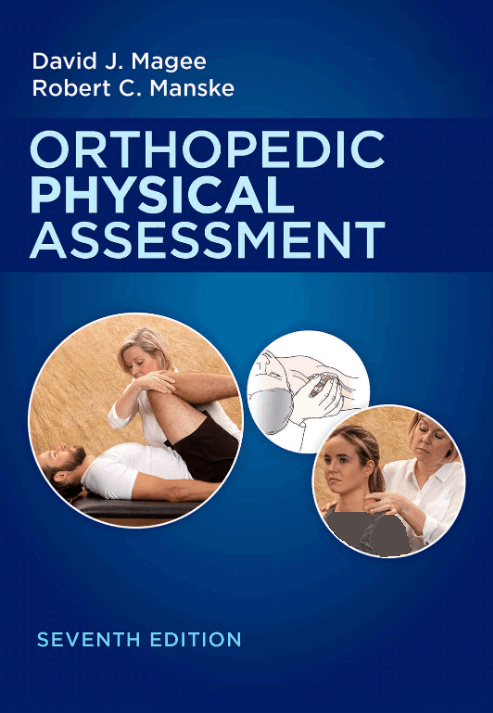
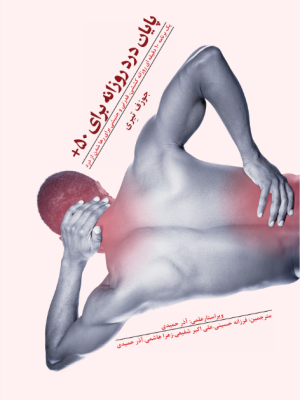


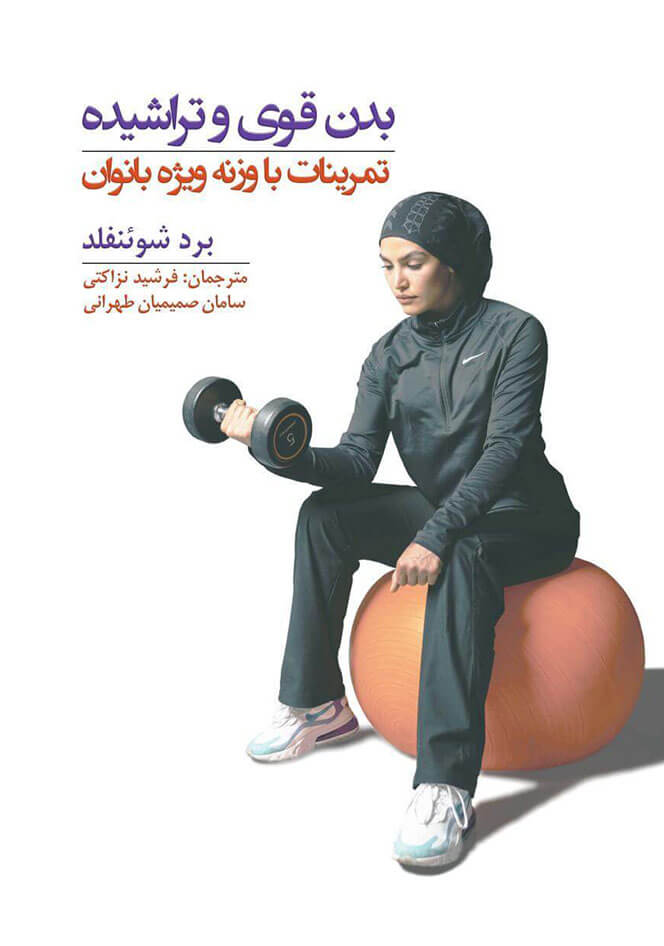

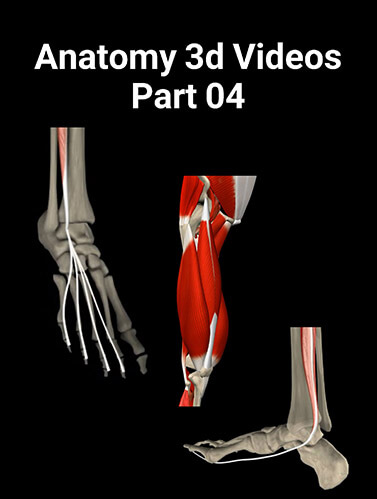

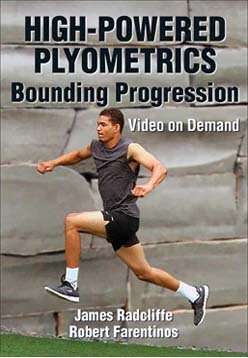
دیدگاهها
هنوز دیدگاهی ثبت نشده است.